On August 19, a representative of the Ho Chi Minh City Center for Disease Control (HCDC) said that in week 32 (from August 7 to August 13), Ho Chi Minh City recorded 350 cases of dengue fever, including 153 inpatients and 197 outpatients, an increase of 19.1% compared to the average of 294 cases in the previous 4 weeks. Of which, the number of inpatients increased by 9.9% and outpatients increased by 27.5%. The cumulative number of cases up to week 32 was 10,280 cases, a decrease of 74.3% compared to the same period in 2022 of 39,954 cases.
Dengue fever is an acute infectious disease caused by the dengue virus. The disease is transmitted by mosquitoes. The disease can cause serious complications, even death. Currently, there is no specific treatment or vaccine for the disease.
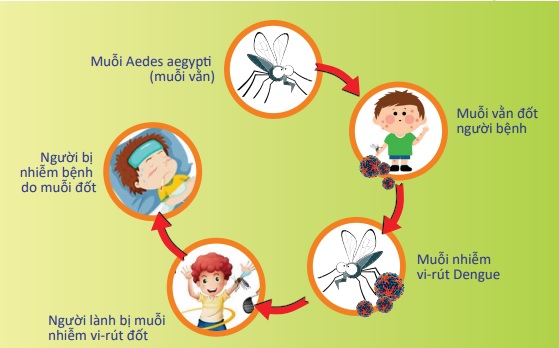
Transmission of dengue fever
Signs and how to monitor dengue fever
According to HCDC, the most important sign of dengue fever is fever. We need to determine the exact time the fever appears and must measure it with a thermometer to determine. Dengue fever is characterized by a high fever of 39 - 40 degrees Celsius continuously, lasting 2 - 7 days, and is difficult to reduce. In addition, there are accompanying signs such as body aches, headache, pain behind the eyes, fatigue, discomfort, loss of appetite, nausea, rash, skin congestion, etc. When suspecting the disease, the patient should be taken immediately to the nearest medical facility for examination and treatment. To accurately diagnose the disease, the doctor may perform some additional tests.
Dengue fever patients can be monitored at home or in hospital. This will be decided by the doctor during the examination. Patients need to strictly follow the doctor's instructions.
When monitoring patients at home, we need to pay attention to some of the following signs to promptly take them to the hospital. Signs include frequent vomiting, abdominal pain, bleeding gums, nosebleeds, vomiting blood, black stools, irregular menstruation in women, lethargy, restlessness, difficulty breathing, rapid breathing, children showing signs of not eating, not breastfeeding, fatigue even though the fever has gone.
How to prevent dengue fever
In Vietnam, there is currently no vaccine to prevent dengue fever, so the main preventive measures are to prevent mosquitoes from biting, from breeding, and from living. The most important is to prevent mosquitoes from breeding through the activity of finding and eliminating the breeding grounds of Aedes mosquitoes.
Female Aedes mosquitoes bite and sting people during the day, biting most strongly in the early morning and late afternoon. Therefore, it is necessary to prevent mosquito bites by measures such as killing mosquitoes with electric rackets, mosquito sprays or incense, mosquito repellent creams, spraying chemicals to kill mosquitoes, and sleeping under mosquito nets even during the day.
When the health sector sprays chemicals to kill mosquitoes, all people need to create the most favorable conditions for health workers to carry out their duties.
Aedes mosquitoes lay eggs in puddles or clean water containers, in and around the house such as water tanks, jars, pots, urns, wells, tree holes, etc.; objects or waste containing water such as flower vases, water cups placed on kitchen cabinets, used tires, coconut shells, buckets, pots, and vases for aquatic plants.
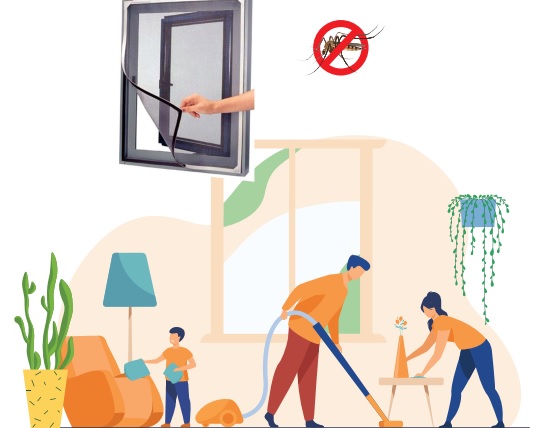
Aedes mosquitoes often rest in dark corners of the house, on clothes and blankets.
Aedes mosquitoes often rest in dark corners of the house, on clothes, blankets, clotheslines and household items. These areas should be cleaned regularly to prevent mosquitoes from resting and staying in the house. In addition, mosquito nets can be installed on doors, windows and vents to prevent mosquitoes from flying in.
Use a solution to cover the container with materials that mosquitoes cannot fly through such as: cloth, nylon, mosquito net, plastic, wood... and make sure it is covered tightly without any gaps for mosquitoes to fly in.
Source link








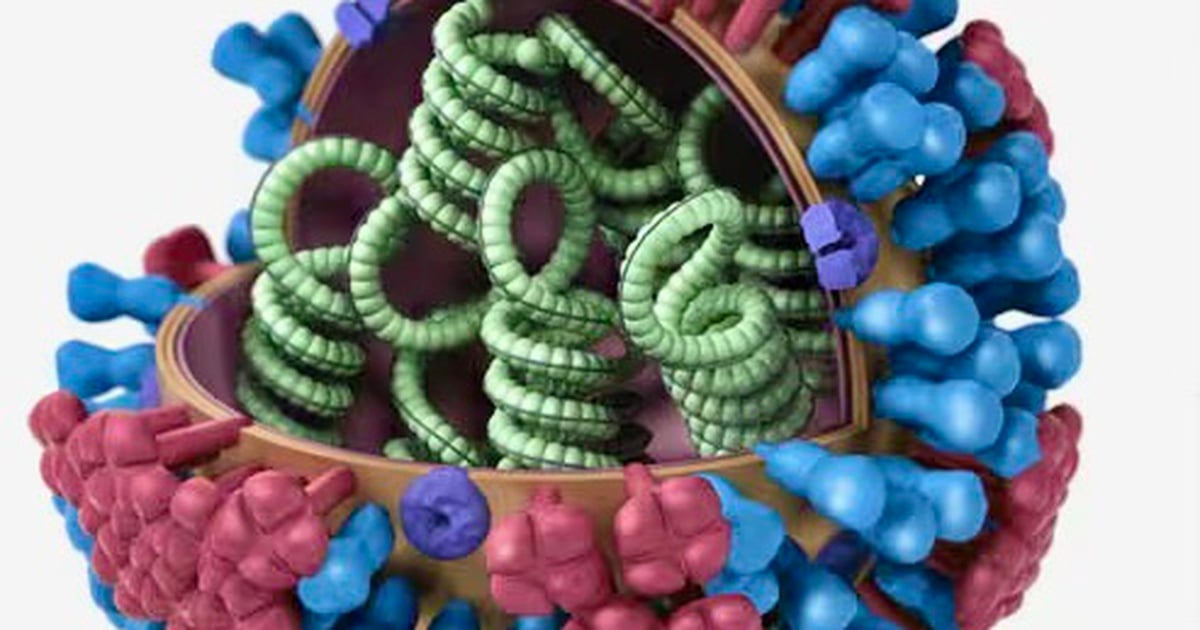
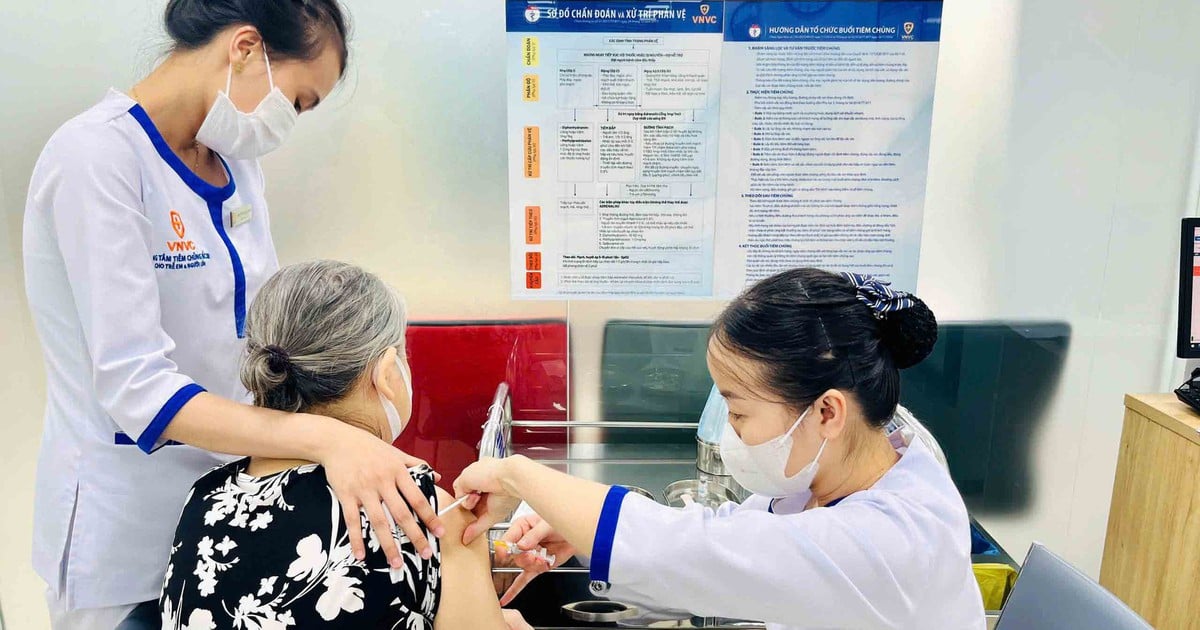


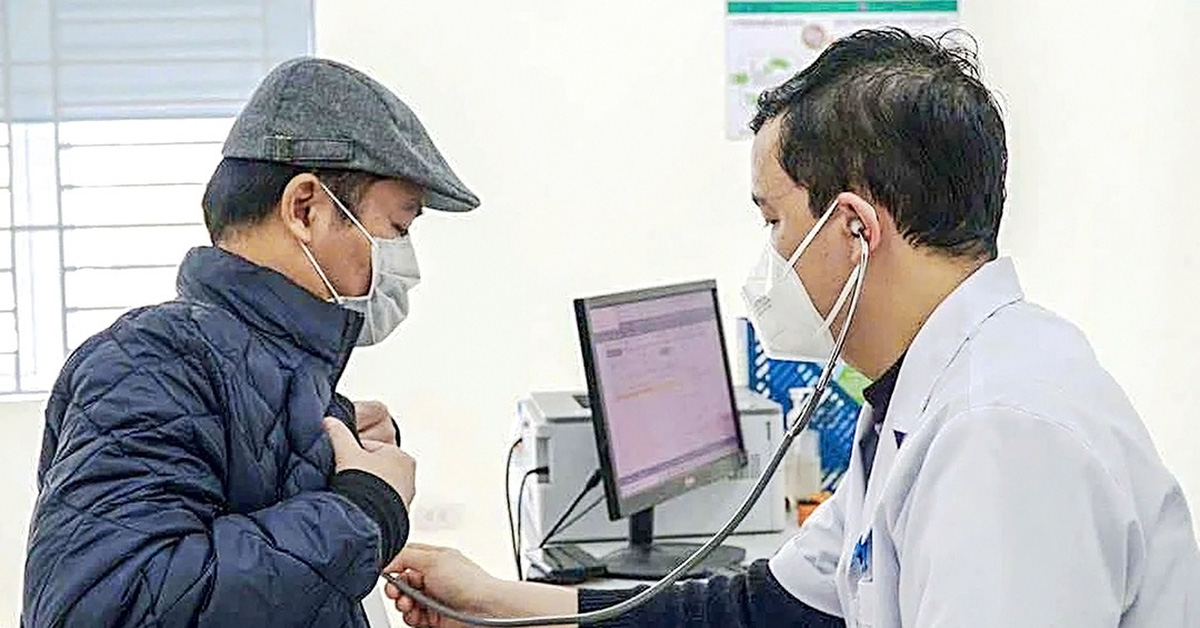



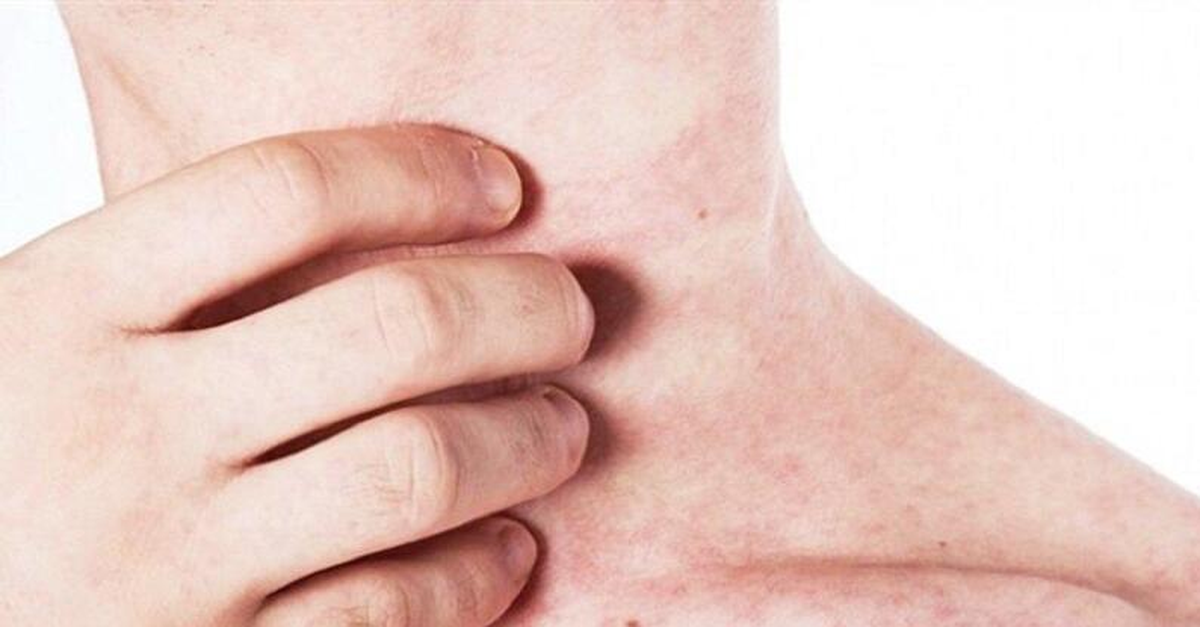






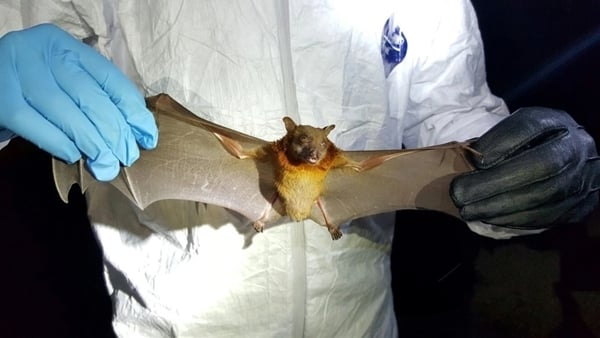

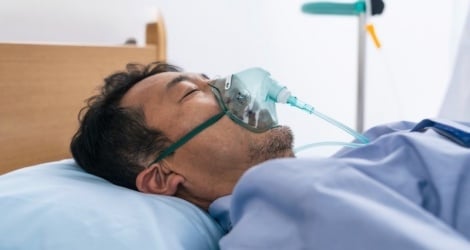
















![[Photo] Prime Minister Pham Minh Chinh chairs Government Conference with localities on economic growth](https://vstatic.vietnam.vn/vietnam/resource/IMAGE/2025/2/21/f34583484f2643a2a2b72168a0d64baa)
















































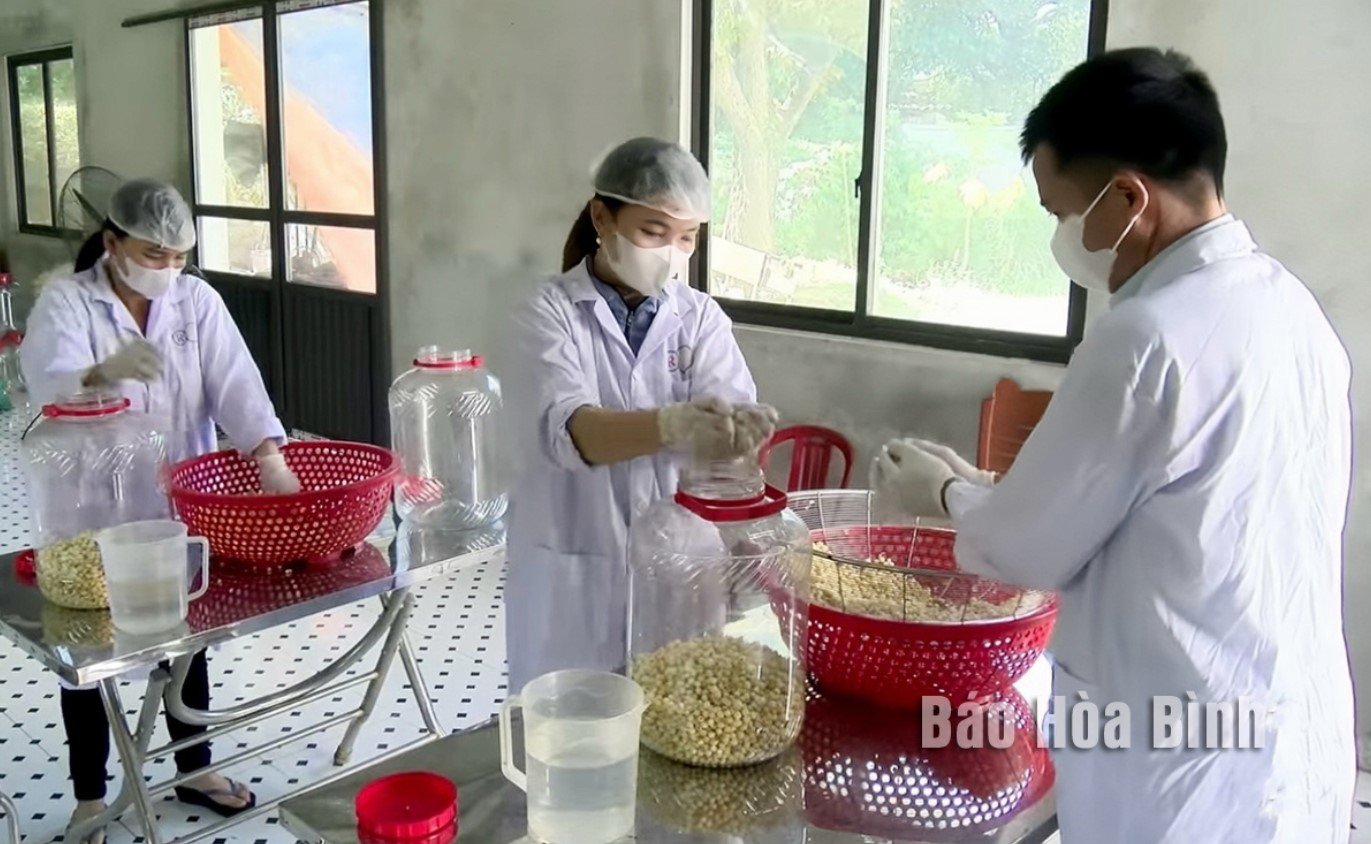







Comment (0)